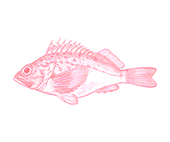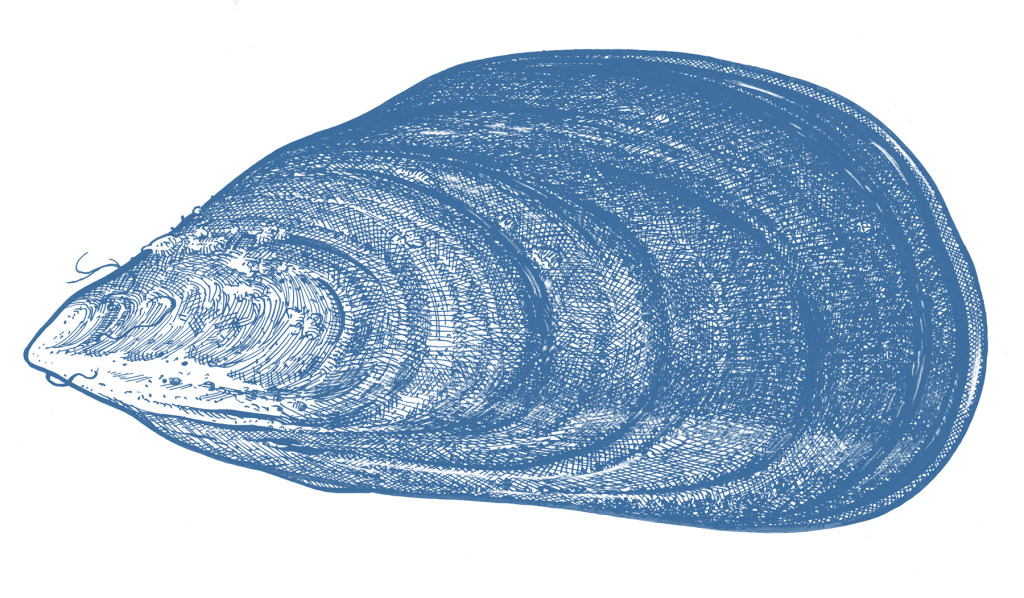




- Say No
Wild Caught
Region:
Commonwealth waters
Note: Dive caught commercial scallops from Port Philip Bay in VIC and queen scallops SA would receive a green, ‘Better Choice’ rating. Scallops in both VIC and SA are collected by hand, a method of fishing that has no significant effect on other marine species or the habitat. There are minimal concerns over the health of scallop populations in these regions.
- Assessing the stock status of commercial scallops is complicated by significant annual natural variability in population numbers. Annual surveys suggest the population is in healthy condition.
- High numbers of scallops caught in the 2021 fishing season in the Commonwealth-managed fishery shows that recovery of the previously overfished stock has occurred, however catches dropped sharply in 2022 and it is not clear what impact recent high catches of scallop will have on future scallop numbers.
- Dredging for scallops is an inherently high-impact fishing method. Reports suggest that the nature of the trawled habitat in Commonwealth waters is low risk as it is predominantly soft sediments, but there are concerns that valuable and vulnerable sponge garden habitats are exposed to fishing impacts, and marine parks in the region provide little real protection to habitats likely to be impacts by scallop dredge fishing.
- Commonwealth Bass Strait Central Zone Scallop Fishery (495t in 2022)
Commercial scallops are a bivalve mollusc found over sandy and sponge garden habitats throughout southeastern Australia and New Zealand. They are caught using bottom dredge fishing methods, whereby a large steel cage is dragged across the seabed, scraping scallops into a trailing net.
The Commonwealth scallop fishery operates in Bass Strait, adjacent to scallop fisheries in VIC and TAS state waters.
It is fairly complex for fisheries scientists to assess the stock status of scallops, as their populations naturally fluctuate significantly from year to year, and are usually described as ‘boom and bust’. Stock status information comes from annual dredge surveys at the beginning of each fishing season, which is then used to set the quota for the permitted catch.
Commercial scallop stocks caught in the Commonwealth-managed fishery were previously defined as ‘overfished’ in fishery reports. Fishery managers initially closed extensive areas of fishing ground, and the whole fishery was closed between 2006-08 to allow for stock recovery. High numbers of scallops have been caught in recent fishing seasons, suggesting significant recovery has taken place, although catches declined sharply in 2022.
While marine parks in Commonwealth waters are present in the region, they were implemented in a way that largely avoided areas of interest to the scallop fishing industry. Representations that habitats likely to be impacted by commercial scallop fishing are well protected in the region’s marine parks are misleading.
Scallops live on the seafloor, and are caught using dredges that scrape along the bottom. Scallop dredging is inherently a high impact fishing method. The extent of impact of scallop dredging on bottom-dwelling species depends on where the dredges operate – they generally dredge over soft sediments in Commonwealth waters and the risk to other species is considered low. However, continued exploration for new scallop beds, lack of knowledge about the seabed habitats and potential impacts on highly vulnerable sponge garden habtats is a concern. Scallop dredging has historically been banned from sensitive areas, such as Victoria’s Port Philip Bay, due to concern for important fish nursery habitats.
Small dive-caught scallop fisheries operate in Victoria and South Australia, and represent an opportunity to source scallops caught with none of the habitat impacts described here.




